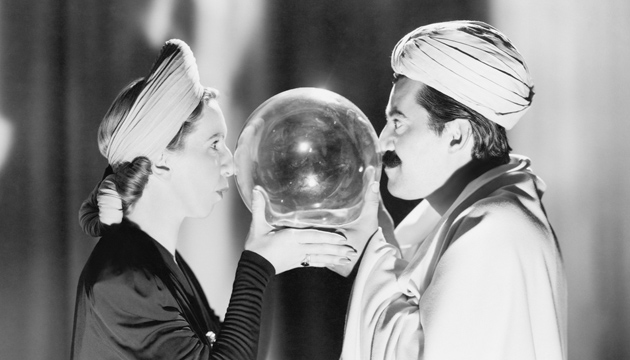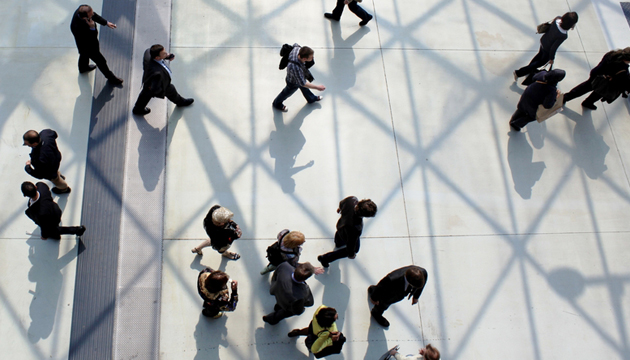A lot has been said about crowdsourcing and its advantages. My colleagues and I have utilized this platform to spread the word about the wisdom of the crowd. We consider crowdsourcing to be the more than just a trend and view it as the third generation of the labor market, exemplifying and utilizing the way technology and social media have changed our society and economy. In addition, we’ve introduced crowdsourcing as a tool used by companies to support their creative and ideation processes, marketing, sales, etc.
In this post I would like to focus on the way crowdsourcing is used for forecasting—a discipline known as Social Forecasting. I became acquainted with the subject after reading a whitepaper published by CrowdWorx, a German company that helps big corporations make the most of their in-house crowd, their employees, to support strategic and tactical decision-making.
What Is Social Forecasting? Social forecasting is a crowdsourcing approach to prediction markets (also known as decision markets or information markets). By using crowdsourcing, companies can create a speculative market that is similar to the real market, and use it to forecast sales, new products, strategic scenarios, and KPIs. Social forecasting is more accurate because it combines decision theory (reaching the optimal decision), crowdsourcing (eliminating biases and using the knowledge of many) and collective intelligence (turn information into practical knowledge).
How Do You Use It? First, you need to find a crowd that is relevant to your industry or forecast. Whether it’s consumers, fellow business owners, or professionals in your industry, try to create the most knowledgeable crowd possible for the task. Then design an incentive program that will tie the participants’ forecasts to the real outcomes; better forecast equals bigger compensation. Furthermore, it is important to eliminate from the crowd participants who provide erroneous forecasts.
Why Is Social Forecasting Better? There are two main reasons, both related to the elimination of biases and statistical errors. First, social forecasting put to use the “law of large numbers,” a statistical law suggesting that by using a large sample, all statistical errors are canceled out. The second reason is the elimination of group biases, such as groupthink. Social forecasting is done individually and can also be done anonymously, making the natural human tendency toward conformity in a group setting impossible.
While small businesses usually don’t have enough employees to form a “crowd” in-house, there are many smart crowdsourcing services available online. One of them is right here under your nose: 1 million fellow SOHOs are a great source for insight.
Based on: Ivanov, Aleksandar. “The Rise of Social Forecasting - How The Crowd Learned to be Smart.” Crowdworx. (2012): n. page. Web. 13 May. 2013.
Related Posts
|
|
|






